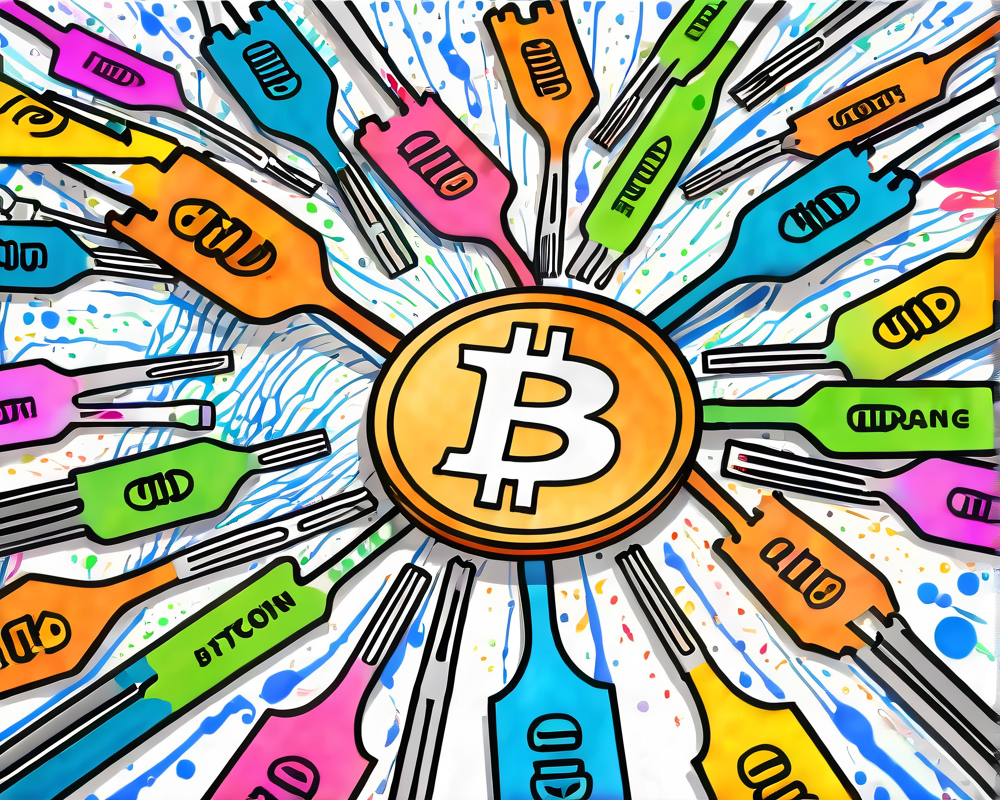Decoding the Currency Fork Phenomenon
When you hear the term ‘fork’ in the crypto world, it might sound like a bad pun or a kitchen utensil gone rogue. But let’s be real: forks can cause serious turbulence in the price of digital currencies. In the case of Bitcoin, the anxieties stirred by the Aug. 1 fork and Bitcoin Cash’s potential forking resembles a soap opera – full of dramatic scenes but not nearly as disastrous as the characters would have you believe.
A Forking History Lesson
Surprisingly, forks aren’t a novel concept restricted to Bitcoin and its tech-savvy friends. Currency forks have been around since the dawn of modern currency, specifically creeping into our lives since the 1960s. Oh yes, even the mighty US dollar has had its share of forking adventures, proving that history does have a tendency to repeat itself when it comes to finance.
The US Dollar’s Mid-Century Split
Take a stroll down memory lane to the 1963 and 1971 forks of the US dollar. Back then, the currency split into two incompatible forms that were anything but catastrophic. The first fork was largely the result of the Interest Equalization Tax, a fancy term that really means “let’s avoid taxes by creating a new currency.” Enter the Eurodollar: a clever little creation by banksters in London who dodged those annoying taxes by stashing dollar deposits outside of US banks.
Not a Catastrophe, Just an Evolution
Now, you might be wondering: did the world end with the Eurodollar? Not quite. In fact, these forks didn’t mean the end of the world as we know it. Instead, the Eurodollar gave a cozy boost to the US dollar during times of banking stability. But when those banks had a minor crisis, let’s just say the Eurodollar’s interest rates went on a rollercoaster ride.
Lessons from Currency Depreciation
Fast forward to today, and let’s discuss the specter of currency evaporation. Yes, over the past century, various fiat currencies have lost some serious value—think the GB Pound down 98% or the US dollar by 95%. However, these numbers translate to a mere three percent loss each year, proving that even the worst of currencies hang around for quite some time despite their flaws.
Bitcoin’s Unique Fortitude
Now, let’s address the elephant in the digital room: Bitcoin. Unlike those traditional currencies, Bitcoin seems to have some protective features against potential collapse. Sure, some skeptics argue Bitcoin might face a grim fate, but the absence of factors like government malfeasance and hyperinflation means there’s a chance, albeit slim, that Bitcoin could be golden in the grand scheme of things.
A Safer Bet in the Digital Age?
As for whether Bitcoin can mirror the fate of fiat currencies with an average three percent chance of tanking? The odds seem to be more favorable for well-designed digital currencies. Look at Zimbabwe: their currency went belly-up thanks to government meddling. Compare that to Bitcoin, which remains free from such turmoil. It appears that, in the long run, Bitcoin might just stand a fighting chance against your average fiat.
Conclusion: Forking Good Future?
Will forks send Bitcoin on a downward spiral? Maybe. But history shows us that currency forks can be less catastrophic and more transformative. So, for every Bitcoin enthusiast nervously checking prices, take a moment to appreciate the forking fun of history. Forks may stir the pot, but they rarely ruin the stew.




